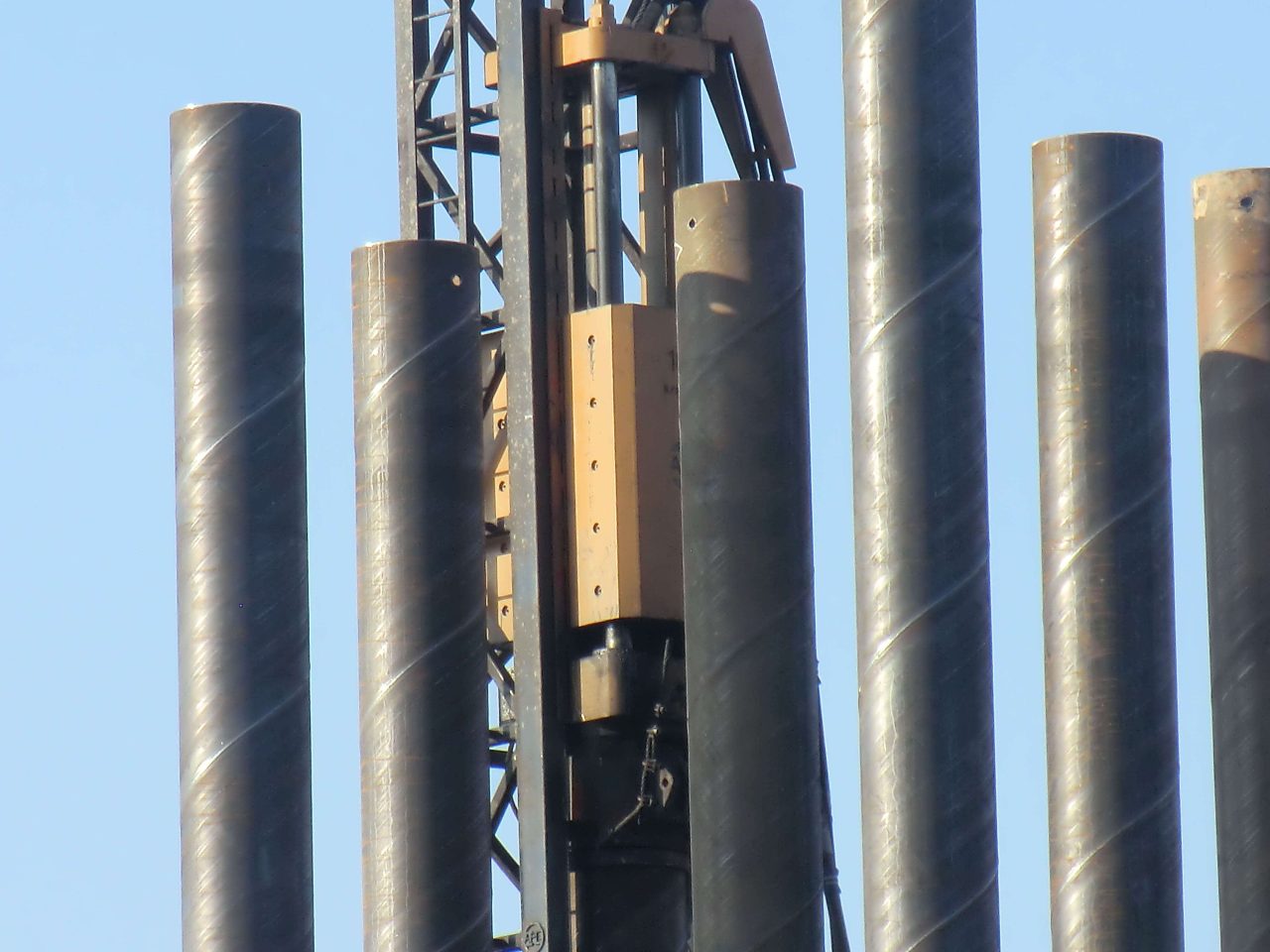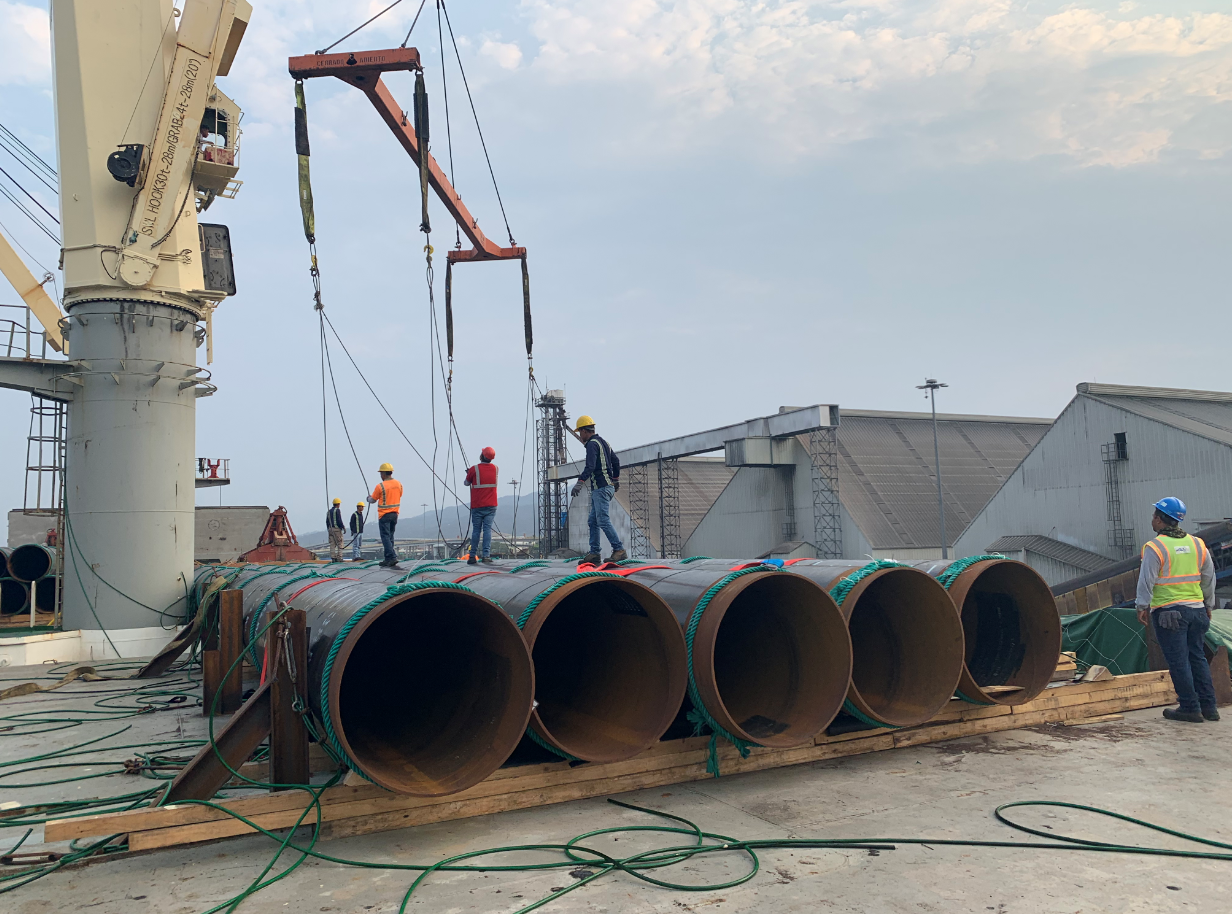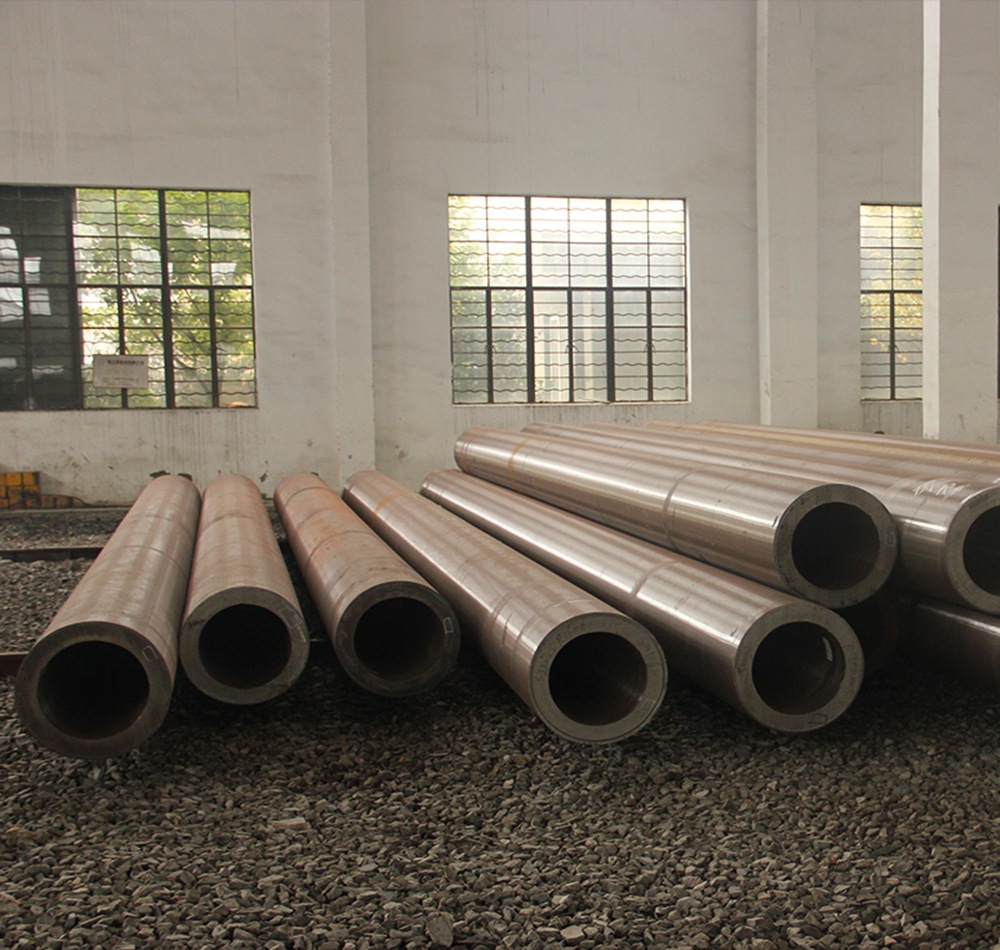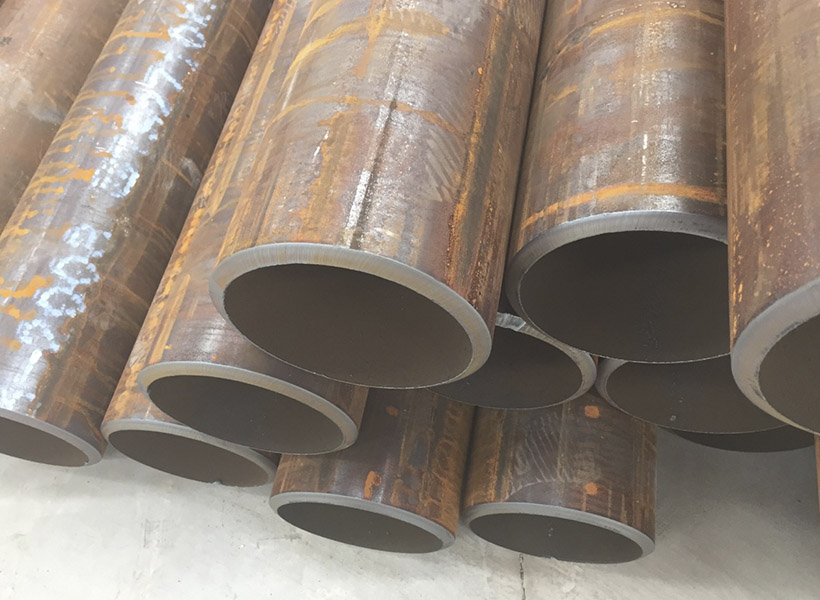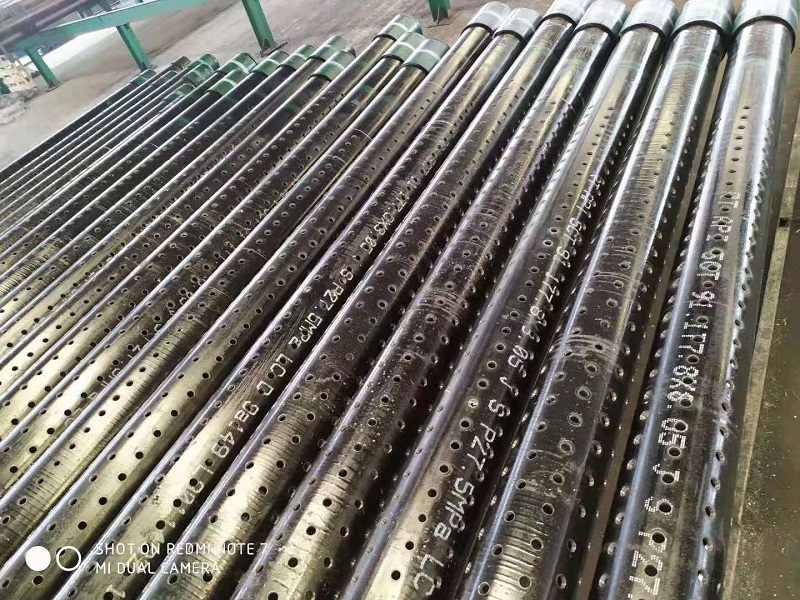Pipas de pilotos: Los héroes no reconocidos de la construcción
Pipas de pilotos, a menudo pasado por alto, jugar un papel crucial en la construcción moderna. Estos elementos sin pretensiones han revolucionado cómo establecemos fundaciones sólidas para varios proyectos.. Desde altavos rascacielos hasta humildes estructuras residenciales, Las tuberías de apilamiento se han convertido en la columna vertebral de los esfuerzos de construcción, proporcionar confiabilidad y durabilidad.
En este articulo, Exploraremos el mundo de las tuberías de acumulación, discutir sus aplicaciones versátiles, Los factores impulsores detrás de su adopción, y los beneficios significativos que aportan a proyectos de construcción de todos los tamaños. A través de la experiencia de los proveedores de tuberías de acumulación dedicados, Descubriremos el papel fundamental de la acumulación de tuberías y reconoceremos por qué se han convertido en un activo indispensable en las prácticas de construcción contemporánea.
|
Material
|
Q195, Q235, Q345, x42, X52, x60 y así sucesivamente
|
|
Estándar
|
API,ASTM A53, BS,API5L,ASTM A500, ASTMA501, EN10219, EN10210, GB/T6728, GB/T9711, GB/T3094, GB/T3091, JIS G3466
|
|
Forma
|
redondo
|
|
Espesor
|
5milímetros – 28milímetros
|
|
Longitud
|
3-12m
|
|
Diámetro exterior
|
219milímetros – 2020milímetros
|
|
Certificación
|
API
|
|
Tecnología
|
|
Los componentes básicos de la infraestructura moderna: Usos de pipas de pilotos
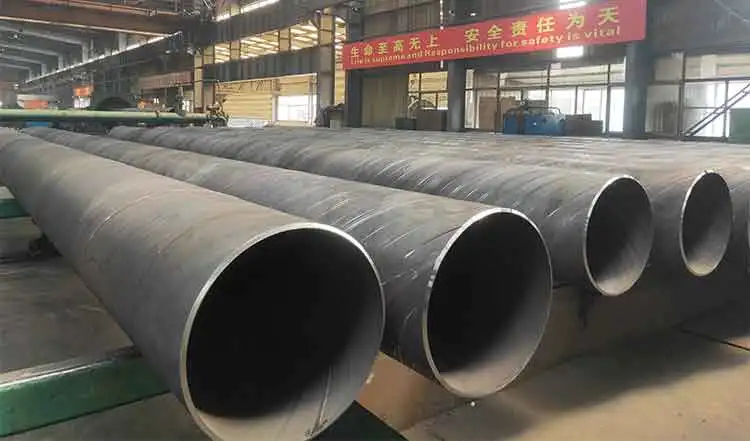
Atrás quedaron los días en que las técnicas de base tradicionales eran la única opción. Pipas de pilotos han tallado un nicho para sí mismos en numerosos entornos. Se usan comúnmente en proyectos de construcción a gran escala, como rascacielos., puentes, y plataformas marinas. También prevalecen en pequeñas estructuras residenciales que requieren una base resistente, Especialmente en condiciones de suelo desafiantes. Gracias a los proveedores de tuberías de piloteo, Estos materiales se han vuelto más accesibles, Hacerlos ubicuos en varios esfuerzos de construcción.
Lo que impulsa su uso?
Hay varias razones por las que pipas de pilotos se han convertido en un elemento básico en la construcción. En primer lugar, Ofrecen fuerza y durabilidad incomparables, proporcionando bases sólidas que resisten el paso del tiempo. En segundo lugar, se pueden clavar fácilmente en el suelo, haciendo que el proceso de instalación sea rápido y eficiente. Son especialmente valiosos cuando las condiciones del suelo existentes no son las ideales., ya que pueden evitar las capas de suelo más débiles y descansar en un terreno más robusto.
Más que solo metal: Cualidades declaradas por los proveedores de tuberías de pilotaje
Mientras que los tubos de pilotaje pueden estar hechos de varios materiales., pilotes de acero tener una ventaja en términos de resistencia y durabilidad. El acero es muy resistente a la putrefacción., corrosión, y daños por insectos, lo que la convierte en una opción popular entre los proveedores y contratistas acreditados de tuberías para pilotes. Estas cualidades hacen de los pilotes de acero una inversión a largo plazo., lo que resulta en costos reducidos de mantenimiento y reparación a lo largo de los años..
Los beneficios invisibles del uso de tuberías de pilotaje
Desglosemos los beneficios significativos de usar tuberías de acumulación en proyectos de construcción:
- Capacidad de carga mejorada: La capacidad de carga de la fundación es crucial para cualquier proyecto de construcción. Las tuberías de apilamiento ofrecen una capacidad de carga superior, Asegurar que las estructuras sigan siendo seguras y estables durante un período prolongado.
- Capas rígidas o rocas penetrantes: Las tuberías de apilamiento pueden penetrar a través de capas duras de tierra o incluso rocas, Asegurar que la base se basa en un terreno firme. Este atributo los hace indispensables en regiones con composiciones de suelo rocosas o inconsistentes.
- Minimizar el desplazamiento del suelo: Las tuberías de acumulación dan como resultado un desplazamiento mínimo del suelo durante la instalación. Esta característica es esencial en áreas urbanas abarrotadas donde el espacio es limitado, Hacer que las tuberías de apilamiento sean una opción ecológica y menos disruptiva.
- Robusto y confiable: Participa en el manejo aproximado: Los sitios de construcción pueden ser entornos duros donde los materiales deben soportar un abuso considerable. Las tuberías de apilamiento soportan el manejo rugoso, asegurando que conserven su integridad estructural a lo largo de la instalación.
Optando por lo mejor: Cómo elegir su proveedor de tuberías de acumulación
Seleccionar el proveedor correcto es tan crucial como elegir los materiales correctos. Con el aumento de la demanda de tuberías de apilamiento, múltiples proveedores han ingresado al mercado, ofreciendo una gama de productos que pueden variar en calidad y costo. Aquí hay algunos factores a considerar al hacer su selección:
- Seguro de calidad: Elija un proveedor que ofrezca garantía de calidad a través de certificaciones o pruebas de productos. Las tuberías de acumulación de mala calidad pueden socavar la integridad de todo su proyecto.
- Opciones de materiales: Busque un proveedor que proporcione diversas opciones, Ya sea que esté interesado en el acero u otro material, Para satisfacer sus necesidades específicas.
- Servicio al Cliente: Un proveedor de tuberías de pilado efectivo debe proporcionar un excelente servicio al cliente, Desde la consulta inicial hasta la entrega final. La comunicación es vital en cualquier proyecto de construcción, y un proveedor comprometido con el servicio al cliente probablemente será un socio confiable en su esfuerzo.
- Fijación de precios competitivos: Si bien la calidad nunca debe comprometerse, Considere el precio ofrecido por diferentes proveedores. Asegúrese de que el costo se alinee con su presupuesto sin sacrificar la calidad.
En conclusión, Las tuberías de apilamiento son los héroes no reconocidos de la construcción, desempeñando un papel crucial en el establecimiento de bases fuertes para varios proyectos. Su versatilidad, fortaleza, y la durabilidad los convierte en un activo indispensable en las prácticas de construcción modernas. Eligiendo el derecho Suministro de tuberías y comprensión los beneficios que traen, Puede garantizar el éxito y la longevidad de sus proyectos de construcción..
El uso de pilotes tubulares en la construcción de cimientos ha sido una opción popular durante muchos años.. Los pilotes tubulares se utilizan para transferir la carga de una estructura a un lugar más profundo., capa más estable de suelo o roca.
Beneficios de las armaduras de tuberías El uso de armaduras de tuberías en la construcción ofrece varias ventajas notables: Resistencia y capacidad de carga: Las armaduras de tuberías son reconocidas por su alta relación resistencia-peso.. Los tubos interconectados distribuyen las cargas uniformemente., dando como resultado una estructura robusta y confiable. Esto permite la construcción de grandes luces sin la necesidad de excesivas columnas o vigas de soporte..
El estándar para tuberías sin costura para el transporte de fluidos depende del país o región en el que se encuentre., así como la aplicación específica. Sin embargo, Algunas normas internacionales ampliamente utilizadas para tuberías sin costura para el transporte de fluidos son: ASTM A106: Esta es una especificación estándar para tubos de acero al carbono sin costura para servicio de alta temperatura en los Estados Unidos.. Se utiliza comúnmente en plantas de energía., refinerías, y otras aplicaciones industriales donde están presentes altas temperaturas y presiones. Cubre tuberías en grados A., B, y C, con propiedades mecánicas variables según el grado. API 5L: Esta es una especificación estándar para tuberías utilizadas en la industria del petróleo y el gas.. Cubre tubos de acero soldados y sin costura para sistemas de transporte por tuberías., incluyendo tuberías para transportar gas, agua, y aceite. Las tuberías API 5L están disponibles en varios grados., como X42, X52, X60, y X65, dependiendo de las propiedades del material y los requisitos de aplicación. ASTM A53: Esta es una especificación estándar para tubos de acero galvanizados en caliente y negros sin costura y soldados utilizados en diversas industrias., incluidas aplicaciones de transporte de fluidos. Cubre tuberías en dos grados., A y B, con diferentes propiedades mecánicas y usos previstos. DE 2448 / EN 10216: Estas son las normas europeas para tubos de acero sin costura utilizados en aplicaciones de transporte de fluidos., incluyendo agua, gas, y otros fluidos. Leer más
Las tuberías sin costura para el transporte de fluidos están diseñadas para resistir varios tipos de corrosión según el material utilizado y la aplicación específica.. Algunos de los tipos más comunes de corrosión que estas tuberías están diseñadas para resistir incluyen: Corrosión uniforme: Este es el tipo de corrosión más común., donde toda la superficie de la tubería se corroe uniformemente. Para resistir este tipo de corrosión, Las tuberías suelen estar hechas de materiales resistentes a la corrosión., como acero inoxidable o revestidos con revestimientos protectores. Corrosión galvánica: Esto ocurre cuando dos metales diferentes están en contacto entre sí en presencia de un electrolito., lo que lleva a la corrosión del metal más activo. Para prevenir la corrosión galvánica, Las tuberías pueden estar hechas de metales similares., o pueden aislarse entre sí mediante materiales o revestimientos aislantes. Corrosión por picadura: Las picaduras son una forma localizada de corrosión que ocurre cuando áreas pequeñas en la superficie de la tubería se vuelven más susceptibles al ataque., conduciendo a la formación de pequeños hoyos. Este tipo de corrosión se puede prevenir utilizando materiales con alta resistencia a las picaduras., como aleaciones de acero inoxidable con molibdeno añadido, o aplicando recubrimientos protectores. Corrosión por grietas: La corrosión por grietas ocurre en espacios estrechos o espacios entre dos superficies., semejante Leer más
Cribas de alambre tipo cuña, también conocido como pantallas de alambre de perfil, Se utilizan comúnmente en diversas industrias por sus capacidades de detección superiores.. Están construidos con alambre de forma triangular.,
2 7/8En J55 K55, la tubería de revestimiento de pozo perforado es uno de los principales productos de acero que fabricamos., se pueden usar para agua, aceite, campos de perforación de pozos de gas. Los espesores se pueden suministrar desde 5,51 a 11,18 mm según la profundidad del pozo del cliente y las propiedades mecánicas requeridas.. Normalmente están provistos de conexión roscada., como NUE o EUE, que será más fácil de instalar en el sitio. La longitud de los tubos de revestimiento perforados de 3 a 12 m está disponible para las diferentes alturas de las plataformas de perforación del cliente.. El diámetro del orificio y el área abierta en la superficie también se personalizan. Los diámetros de agujero más populares son 9 mm., 12milímetros, 15milímetros, 16milímetros, 19milímetros, etc..

